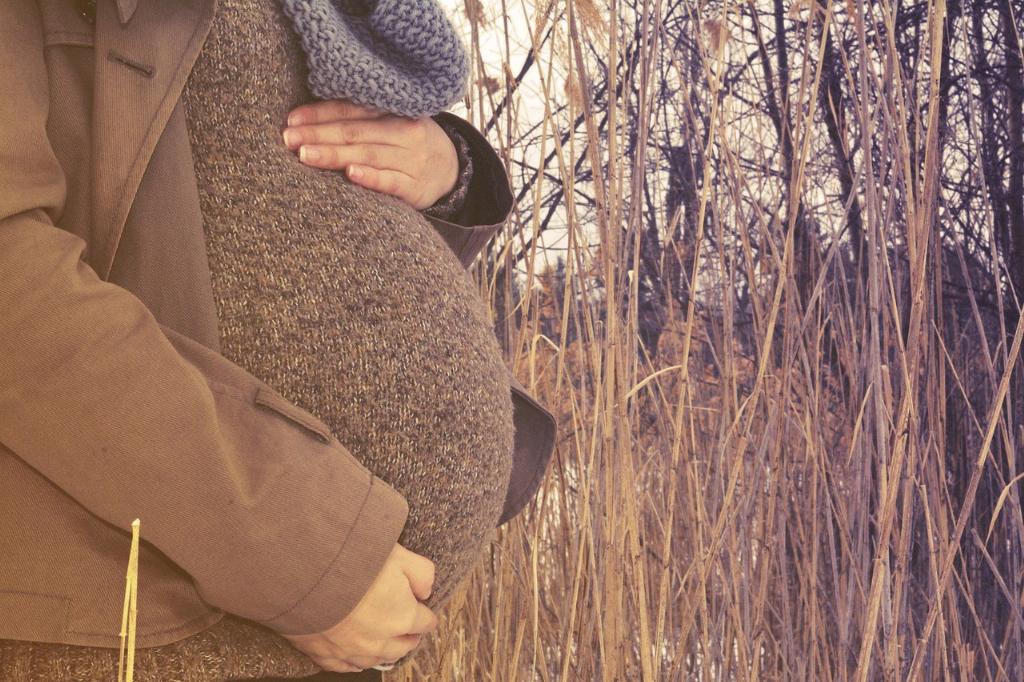Yeast infections are a common occurrence among women, causing discomfort and irritation in the genital area. One question that often arises is whether it is safe to touch oneself when experiencing a yeast infection. Understanding the effects of a yeast infection on the skin near the genitals is essential in determining the best course of action.
Effects of Yeast Infection on Genital Skin
Yeast infections can lead to swollen and irritated skin around the genitals, making it sensitive to touch. When the skin is already inflamed, any additional friction or pressure from touching can exacerbate the discomfort and potentially worsen the symptoms of the infection.
Increased Irritation from Touching
Touching oneself when dealing with a yeast infection can lead to increased irritation. The skin may already be sensitive and fragile due to the infection, so any physical contact can cause further inflammation and discomfort.
Preventing Further Discomfort
To prevent exacerbating the symptoms of a yeast infection, it is advisable to avoid touching the affected area as much as possible. By refraining from touching, you may help alleviate some of the discomfort and allow the skin to heal without additional irritation.
Enhancing the Healing Process
Allowing the skin to heal undisturbed is crucial in addressing a yeast infection effectively. By minimizing contact with the inflamed area, you can promote faster healing and reduce the risk of further complications.
Consulting a Healthcare Provider
If you are unsure about whether it is safe to touch yourself during a yeast infection, consulting a healthcare provider is recommended. They can provide personalized advice based on your specific situation and recommend appropriate treatment options.
Exploring Alternative Forms of Intimacy
While physical contact in the genital area may be uncomfortable during a yeast infection, exploring alternative forms of intimacy with your partner can help maintain closeness without causing additional discomfort. Communication and understanding are key in navigating intimacy during this time.
Practicing Good Hygiene
Ensuring good hygiene practices, such as keeping the genital area clean and dry, can help prevent yeast infections and aid in the recovery process. Maintaining proper hygiene can promote overall vaginal health and reduce the likelihood of recurring infections.
Choosing Gentle Skin Care
Opting for gentle and fragrance-free skin care products for the genital area can help minimize irritation and support the healing of a yeast infection. Avoiding harsh chemicals and perfumes can prevent further aggravation of the sensitive skin.
Monitoring Symptoms
It is essential to monitor the symptoms of a yeast infection closely and seek medical attention if the condition does not improve or worsens. Persistent discomfort, unusual discharge, or recurrent infections may indicate an underlying issue that requires professional evaluation.
Self-Care Practices
Engaging in self-care practices, such as wearing breathable underwear, maintaining a balanced diet, and staying hydrated, can contribute to overall vaginal health and support the body’s natural healing processes. Taking care of your well-being is essential in managing yeast infections effectively.
Conclusion
In conclusion, while it is generally advisable to avoid touching oneself when experiencing a yeast infection, each individual’s situation may vary. Prioritizing comfort, hygiene, and communication can help navigate intimacy and promote healing during this challenging time. Consulting a healthcare provider for personalized advice is crucial in addressing any concerns or uncertainties related to yeast infections.

